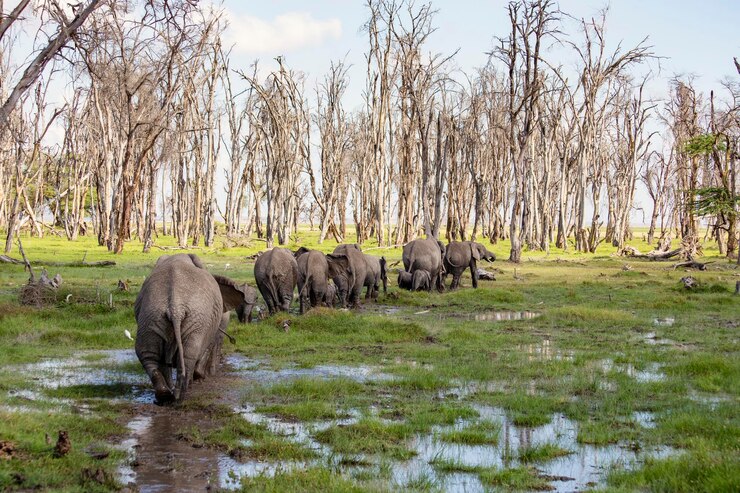Promoting wildlife conservation and biodiversity on farms is crucial for maintaining ecological balance, supporting sustainable agriculture, and protecting endangered species. Here are several ways to promote wildlife conservation and biodiversity on farms:
- Habitat Preservation: Set aside areas of your farm as wildlife habitats, such as wetlands, forests, or meadows. These natural spaces provide food, shelter, and breeding grounds for a variety of plant and animal species. Avoid clearing these areas or using harmful pesticides and herbicides that can harm wildlife.
- Buffer Zones: Establish buffer zones along the edges of fields or water bodies to protect habitats from agricultural activities. These buffer zones can include native vegetation, grasses, or trees, which act as a barrier to prevent soil erosion, filter water runoff, and provide habitats for beneficial insects, birds, and small mammals.
- Diversify Crop Rotation: Implement crop rotation techniques that involve growing different crops in sequence. This practice helps improve soil health, reduces pest and disease pressure, and attracts a wider range of beneficial insects and pollinators. Additionally, diverse crops provide alternative food sources for wildlife.
- Conservation Tillage: Adopt conservation tillage practices that minimize soil disturbance, such as no-till or reduced-till farming. This approach helps retain soil moisture, reduce erosion, and enhance soil structure, which benefits soil organisms and promotes biodiversity.
- Plant Native Species: Incorporate native plants into your farm landscape. Native plants provide essential food and shelter for local wildlife, including pollinators like bees and butterflies. Consider creating pollinator-friendly gardens or planting hedgerows with native shrubs and flowers to attract beneficial insects and birds.
- Provide Water Sources: Install ponds, birdbaths, or other water sources on your farm to ensure wildlife has access to clean drinking water. These water features can also support amphibians, reptiles, and aquatic organisms, enhancing biodiversity.
- Reduce Chemical Inputs: Minimize the use of chemical pesticides and fertilizers on your farm. These chemicals can be harmful to wildlife and may disrupt the ecological balance. Explore organic farming methods or integrated pest management (IPM) strategies to control pests and diseases in a more sustainable manner.
- Collaborate with Conservation Organizations: Work with local conservation organizations, government agencies, or universities to learn about conservation programs and initiatives. These organizations can provide guidance, resources, and funding opportunities to support your wildlife conservation efforts.
- Educate and Engage: Raise awareness among farm employees, visitors, and the local community about the importance of wildlife conservation and biodiversity. Organize educational workshops, farm tours, or outreach programs to share your experiences and encourage others to adopt sustainable farming practices.
- Monitor and Evaluate: Regularly assess the impact of your conservation efforts on wildlife populations and biodiversity. Monitor species diversity, population trends, and the success of habitat restoration projects. This information will help you adjust your conservation strategies and track your progress over time.
By implementing these practices, farmers can play a vital role in promoting wildlife conservation and biodiversity, contributing to the overall health of ecosystems and the sustainability of agriculture.
Join 'Farmers Mag' WhatsApp Channel
Get the latest Farming news and tips delivered straight to your WhatsApp
CLICK HERE TO JOIN






